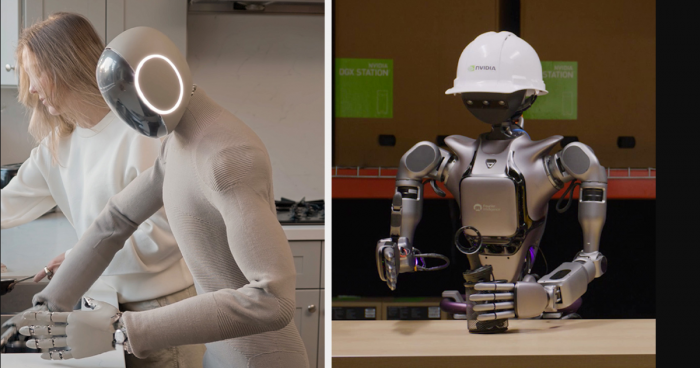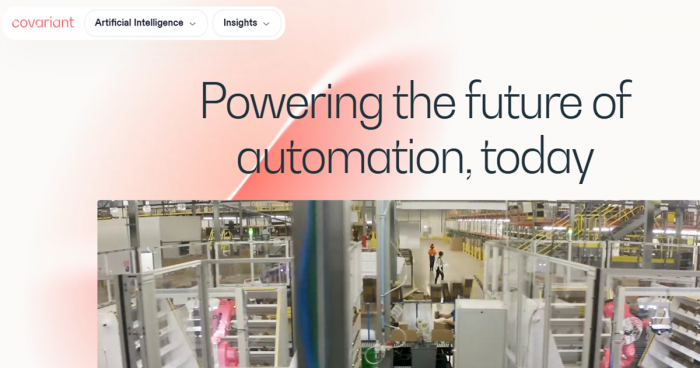The convergence of robotics and artificial intelligence (AI) is fast altering businesses and changing regular life. Major developments from medicine to entertainment are made possible by fast-growing human-like robots and AI-driven systems supported by prominent pioneers such as Nvidia.
The future's dependence on robots has never been more obvious, even as AI technology advances. Along with other major players, this article investigates how Nvidia is blazing the path in artificial intelligence robotics and what we can expect next.
Leading the way in artificial intelligence robotics, Nvidia is transforming the sector with its strong AI-driven technologies. Jensen Huang, CEO, presented Nvidia's ambitious vision for robotics at the GTC 2025, which focuses on creating robots that can help in several sectors by means of AI models.
One of several ways Nvidia is pushing robotics is the release of the open-source AI model known as the Isaac GR00T N1 meant to train robots to adjust to various environments. Smarter, more productive robots follow since this base model lets robots enhance their independent task performance.
Nvidia is not only improving robotic capabilities through these developments but is also preparing the ground for next AI-driven robots that can operate side by side with people in many industries.
One of the most interesting features of the artificial intelligence revolution is humanoid robots. Ideal for activities needing interaction with people, these robots are made to imitate human movements and behavior.
The humanoid robot 'Blue', developed through cooperation between Nvidia, Google DeepMind, and Disney, is one well-known illustration of this technology.

Exposed at GTC 2025, 'Blue' is able to interact with people in a way that seems natural, so it will revolutionize industries including entertainment, customer service, and hospitality.
Many sectors will soon depend on humanoid robots, which will provide everything from specialized medical help to customer service.
Several beginning companies are also seeing significant progress in AI-powered robotics even if Nvidia is a leading force. The Bot Company, Covariant, and Figure AI are companies challenging the frontiers of robotics ability.

From home help to industrial solutions, these startups show the broad spectrum of uses for AI robotics.
The appearance of new players in the industry indicates that AI-driven robots will shortly be everywhere in consumer as well as residential markets.
Although technology is leaping ahead, artificial intelligence robotics has major obstacles to overcome. The main issues to solve are those of making sure humanoid-robot interactions run smoothly, increasing the adaptability of robots in practical settings, and dealing with safety and ethical issues.
Furthermore stressed by specialists is the need for improved algorithms that enable robots to reliably and precisely handle difficult jobs.
Over the next few years, cooperation between corporate behemoths and budding technology firms is seen as essential in surmounting these obstacles. Constant R&D will improve artificial intelligence models so that robots can be more versatile, more intelligent, and safer for general application.
AI robots will become more independent as technology advances and able to work in fast-changing surroundings and help people with a huge range of activities.
Looking ahead, artificial intelligence and robotics offer limitless opportunities. Progress in artificial intelligence, including the creation of sophisticated foundational models and strong AI chips, is putting robotics among the most interesting and transformational technologies of the next decade.
Constant technological developments will make AI-powered robots more autonomous, smart, and able to handle a range of challenging jobs, hence improving quality of life and productivity.
Be the first to post comment!